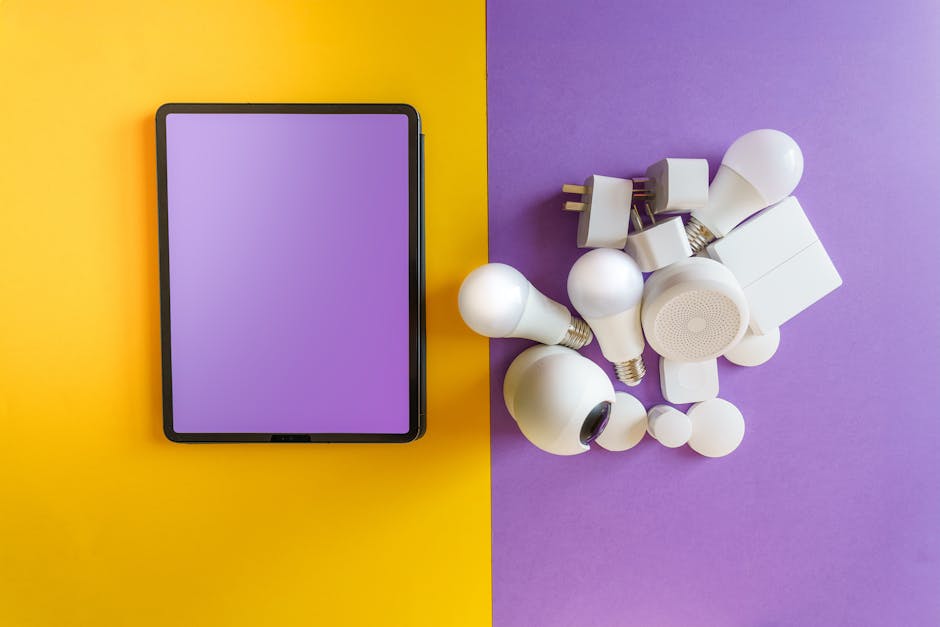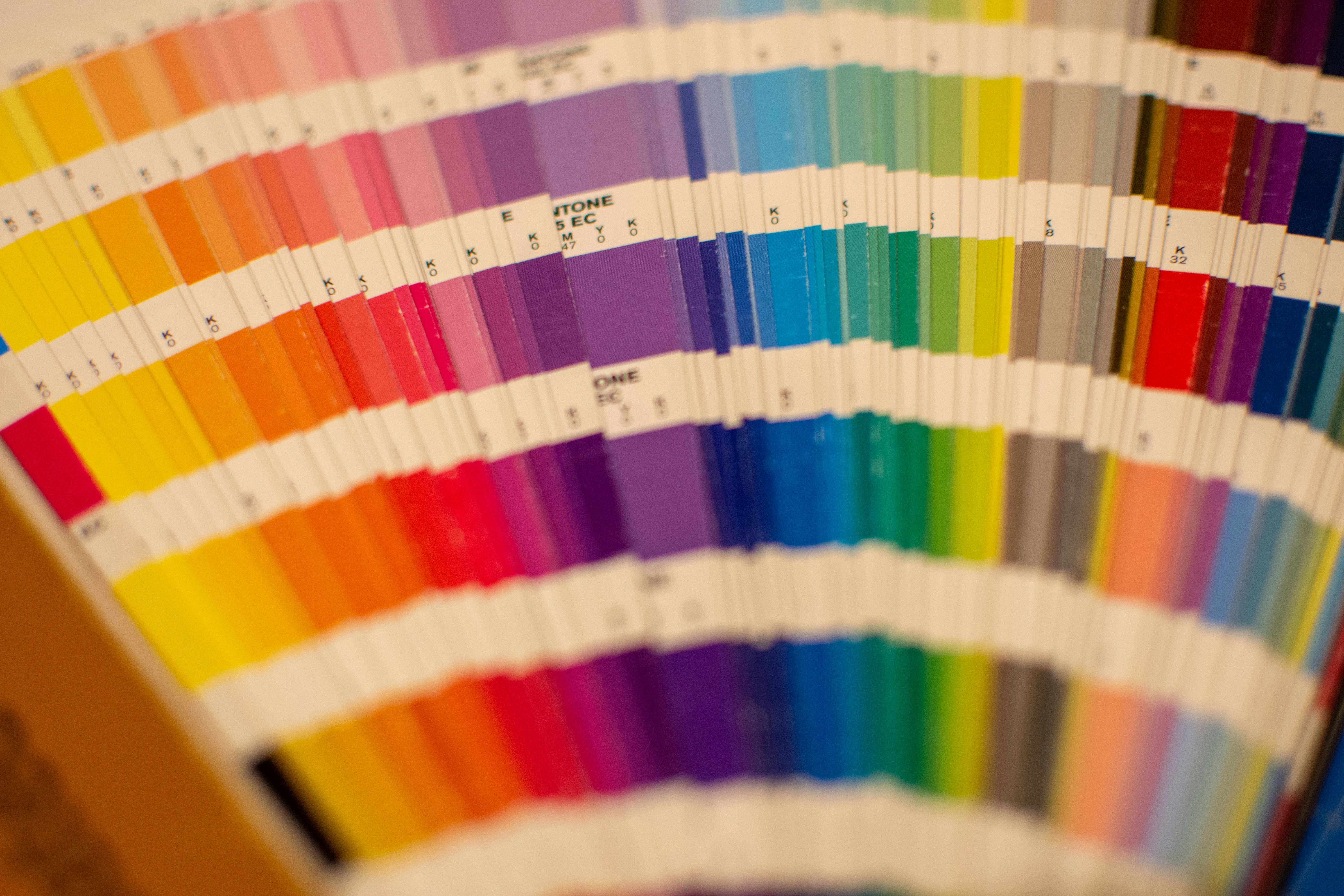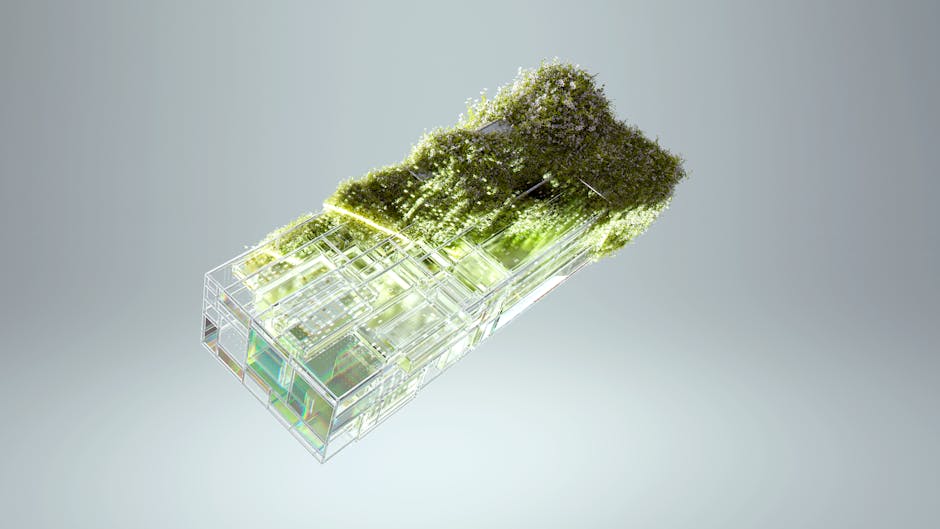Transform Your Home's Energy: Master Color Alchemy Today!
Your home is more than just a place to eat and sleep; it’s an extension of who you are. Often, the way we feel in our space is deeply influenced by the colors that surround us. Are you ready to discover the color alchemy of spaces and how to use color theory to transform your home's energy and atmosphere? Join me on this vibrant journey, as we explore the science and art of color, diving into how different hues can affect mood, perception, and even relationships.
The Basics of Color Theory: Understanding the Spectrum

Before diving deep into how to infuse color in your home decor, let's first understand the fundamentals of color theory. Colors can be categorized into primary (red, blue, yellow), secondary (green, purple, orange), and tertiary (those created by mixing primary and secondary colors) hues. Each color has its emotional and psychological implications, and understanding this can help you curate spaces that resonate with the energy you want to foster.
Warm Colors vs. Cool Colors

Generally, colors fall into two categories: warm and cool. Warm colors, like red, yellow, and orange, tend to invoke feelings of warmth, enthusiasm, and energy. They can boost creativity and stimulate conversation—ideal for spaces where connection is key, like your kitchen or living room.
In contrast, cool colors such as blue, green, and purple promote calmness and tranquility. These shades are perfect for spaces intended for relaxation or introspection, such as bedrooms or reading nooks. Understanding these fundamentals allows you to approach your home decor with intention.
The Psychological Impact of Color

Numerous studies showcase the psychological effects of color. For example, blue is often linked to feelings of peace and serenity, while yellow can evoke cheerfulness and energy. According to a study published in the International Journal of Psychology and Behavioral Sciences, the right choice of color can even enhance workplace productivity. When you approach your home decor, consider how each color can shape both mood and functionality.
Link to Further Reading

For a deeper dive into the cognitive effects of color on mood and productivity, check out this insightful article on cognitive colors.
Harnessing the Power of Color: Practical Tips for Home Decor

Once you have a grasp on the theory of color, it’s time to translate that knowledge into tangible changes in your home. Here are some practical strategies for harnessing color.
Start Small: Accent Walls and Accessories

If you're hesitant to dive into a complete room overhaul, consider starting with smaller changes. An accent wall—painted in a bold hue—can be an easy way to introduce a focal point into your space without overwhelming it. This can be particularly effective in areas like your dining room or entryway, where you want to encourage engagement and movement.
In addition to walls, consider using colorful decorative accessories. Think about vibrant throw pillows, rugs, or artworks. These elements allow you to change up your environment without committing to a permanent color scheme.
Explore the World of Textures

Pairing colors with varied textures can also enhance the transformative nature of your decor. Check out our article on how to transform your home with tactile decor for tips on how to engage your senses beyond just color. By combining daring textures with rich colors, you can truly create emotional spaces.
Experiment with Color Temperature and Lighting

Color temperature plays a pivotal role in the overall feel of your space. Warm white lights can enhance the vibrancy of warm colors, while cooler lights make cool colors feel refreshing. If your living space feels uninviting, adjusting the light source can yield substantial results. Consider adding dimmer switches for versatility in ambiance, allowing you to customize your space according to the mood or occasion.
The Art of Color Combinations: Creating Harmony

A vital aspect of using color effectively is knowing how to combine different shades. Harmonious color schemes (think complementary, analogous, and triadic schemes) can create stunning aesthetics.
Complementary Colors

Complementary colors are situated across from each other on the color wheel, creating high contrast and high energy. For instance, pairing blue with orange can really accentuate both colors.
Analogous Colors

Alternatively, colors that sit beside each other on the color wheel—like blue, green, and yellow—create a more subdued but harmonious flow. This approach works well in spaces intended for relaxation, like bedrooms and study areas.
Monochromatic Schemes
For a cohesive look, a monochromatic color scheme—using different shades of the same color—can be extremely modern and chic. This strategy ties different elements in your space together, forming a seamless visual experience.
Practical Applications in Home Decor
When applying these color principles in your home, think about creating color palettes that reflect your personal taste while still being mindful of how you want to feel in each room.
Bringing it Home: Use Color to Personalize Spaces
Every corner of your home can share a story through color. For example, in the area of DIY decor, you might decide to personalize spaces through emotional hues that evoke nostalgia, excitement, or peace. You can also dive deeper into DIY projects by incorporating soundscaping into your decor. Explore how you can transform your space with sound to resonate harmoniously with your chosen colors.
Seasonal Changes: Refreshing Your Home’s Palette
As seasons shift, so might your mood and the energy you wish to evoke within your home. Incorporating seasonal decor that aligns with your color choices can provide a fresh perspective without extensive renovations. In spring, think bright pastels; in summer, rich tropical tones; in fall, warm earthy hues; and in winter, cool blues and whites.
Explore the idea of biophilic design, a trend that incorporates nature into interior spaces. By blending natural elements, you can achieve a deep connection to the environment, enhancing the emotional quality of your home—discover how to build an indoor oasis.
Color and Well-Being: Cultivating a Restorative Environment
Your home should not just look good—it should feel good too. Thoughtful application of color can provide serenity, invigoration, or even solace.
Color and Mental Health
Many studies highlight the impact of color on mental health. For example, greens and blues can reduce anxiety, while yellows can instill happiness. Apply colors that evoke the feelings you wish to experience daily.
Combining gentle, warm colors in shared spaces can foster a sense of community while using contemplative colors in personal spaces can offer solace. For in-depth insight, consider the impact of aromatherapy in your decor that complements color choices. Check out our post on mood-enhancing aromatherapy for tips on how scents can play a pivotal role in creating an uplifting atmosphere.
Creating Rituals with Color
Color can also play a role in rituals. If your mornings require a spark of energy, consider using orange or yellow in the kitchen to inspire productivity and joy as you prepare for the day. Conversely, for evenings of relaxation, deep blues or greens in your bedroom can help signal your mind that it's time to wind down.
Going Beyond Color: Incorporate Nature and Sound
Finally, don’t underestimate the importance of coupling your color choices with elements like nature and sound. Introduce natural materials and soundscapes to enhance your decor even further.
The Power of Nature
Consider biophilic design principles, which incorporate elements of nature into interior spaces. Green plants, wooden textures, and natural light not only provide visual comfort but also contribute positively to mental well-being.
Combine these natural elements with thoughtful color choices for an even more profound emotional experience. By engaging multiple senses through biophilic design, you can create environments that resonate deeply on an emotional level.
Soundscaping at Home
Lastly, explore soundscaping as a way to create an auditory ambiance aligned with your color palette. From soft sounds of nature to calming music, integrating these elements can instill a sense of peace and balance that enhances your interiors. As explored in our piece on acoustic art installations, harmonizing your physical space with auditory experiences can rejuvenate the energy within.
Final Thoughts: Your Color Journey Begins
Embracing the color alchemy in your home decor is a transformative adventure. By understanding color theory, experimenting with palettes, and incorporating nature and sound, you lay the foundation for a nurturing space that reflects your essence. Your home should delight the senses, foster well-being, and tell your unique story.
Embark on this colorful journey to create a sanctuary that not only looks beautiful but feels good inside and out. Are you ready to transform your space with intentional color choices? Your adventure awaits!



